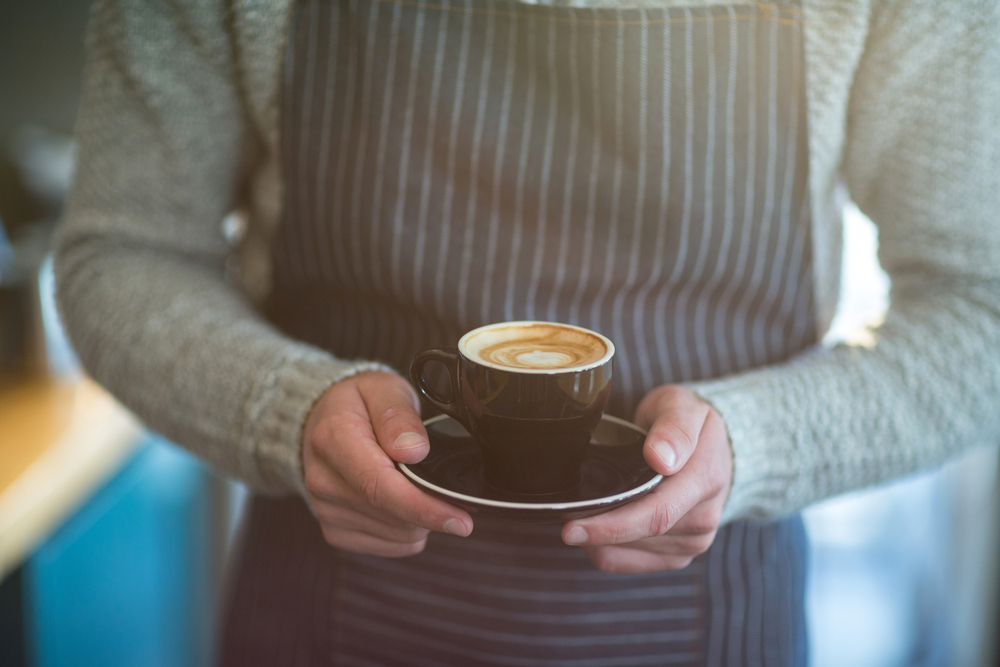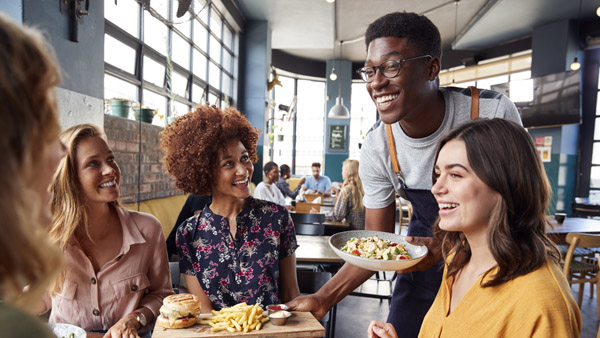2019 Vixxo Restaurant Survey finds over half of consumers dine out one or two times a week, with ever-increasing expectations for a high-quality experience.
While Americans are addicted to the convenience that mobile devices offer, new research suggests that more consumers prefer to slow down and enjoy the in-restaurant dining experience over online ordering and delivery services. The research also found that food quality and consistency are what sway consumers' choices the most, when selecting a restaurant for either dining in or takeout.
A nationwide survey of more than 1,000 U.S. consumers by facilities management leader Vixxo found that two in three Americans still prefer dining in restaurants (62%) over takeout or delivery (34%). The findings – which were surprisingly consistent across all demographic groups – suggest that people prefer their meals to be a memorable experience, despite an increase in online ordering and delivery services available to them.
Quality and consistency impact the dining experience the most, the survey found. Overwhelmingly, the quality of food is the main factor in determining why consumers pick a particular restaurant when dining out (46%). Consistently delivering quality food also keeps customers coming back: 39% say it's the most important reason they choose one restaurant over another.
However, consistency of the overall experience matters as well. While roughly half (51%) of Americans choose their favorite restaurant based on the menu options, 38% say that it's that overall experience at an establishment – including atmosphere, employees and convenience – that makes it their favorite.
"For restaurant owners, the data underscores the importance of a consistently positive customer experience for increasing both customer traffic and sales," said Matt Brown, Chief Revenue Officer, Vixxo. "Whether they dine in or carry out, guests notice when the quality of the food, from the temperature to the taste, are inconsistent. In fact, quality impacts the entire dining experience, including how well equipment functions and ultimately supports the staff's ability to efficiently serve its guests."
Consumer dining patterns: spending and frequency increasing
Meeting consumer expectations for a good dining experience matters more than ever because the research revealed consumers are dining out more, and spending more, than a year ago. A majority (56%) of Americans dine out at least once or twice a week, compared to 47% who order delivery with the same frequency.
Regardless of how they get the food, though, consumers are spending more on dining, takeout and food delivery services than a year ago. Approximately 43% of those who dine out say their frequency has increased in the last year, and 46% of people who order takeout or delivery have increased their number of orders as well.
When deciding whether to stop in for a bite or pick up an order, the top two considerations for consumers are affordability (25%) and whether they prefer a dine-in experience or the convenience of takeout (25%). Affordability is more important for younger Americans when deciding whether to eat out or order in, with consumers 18 and under being the only demographic to choose takeout or delivery more than dining in. Men are twice as likely to choose takeout or delivery than women.
Experience is important to takeout restaurants as well, the survey found. When picking up an order, consumers are likely to favor short pickup lines (24%) and a pleasant staff (24%). Accuracy (38%) and quality (34%) rank high as well when diners order food for delivery or takeout. "These findings suggest that having fully functional equipment could prevent business disruptions that result in a poor guest experience," added Brown.
The survey found that loyalty programs can be important motivators as well, according to 58% of respondents. Awards based on the number of purchases (37%) and amount spent (35%) are slightly more popular than programs based on frequency of visits (28%). However, when asked why a consumer frequents one restaurant over another, the loyalty program was one of the least determining factors (5%).




